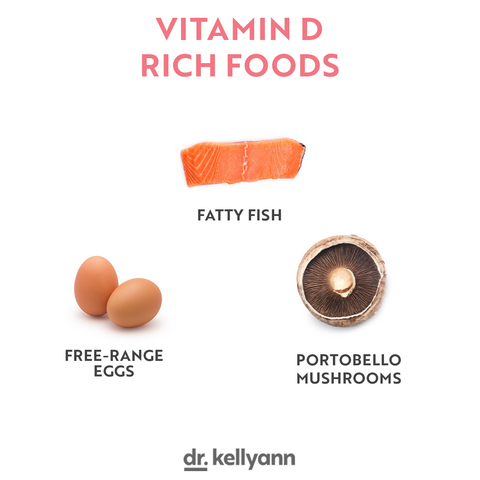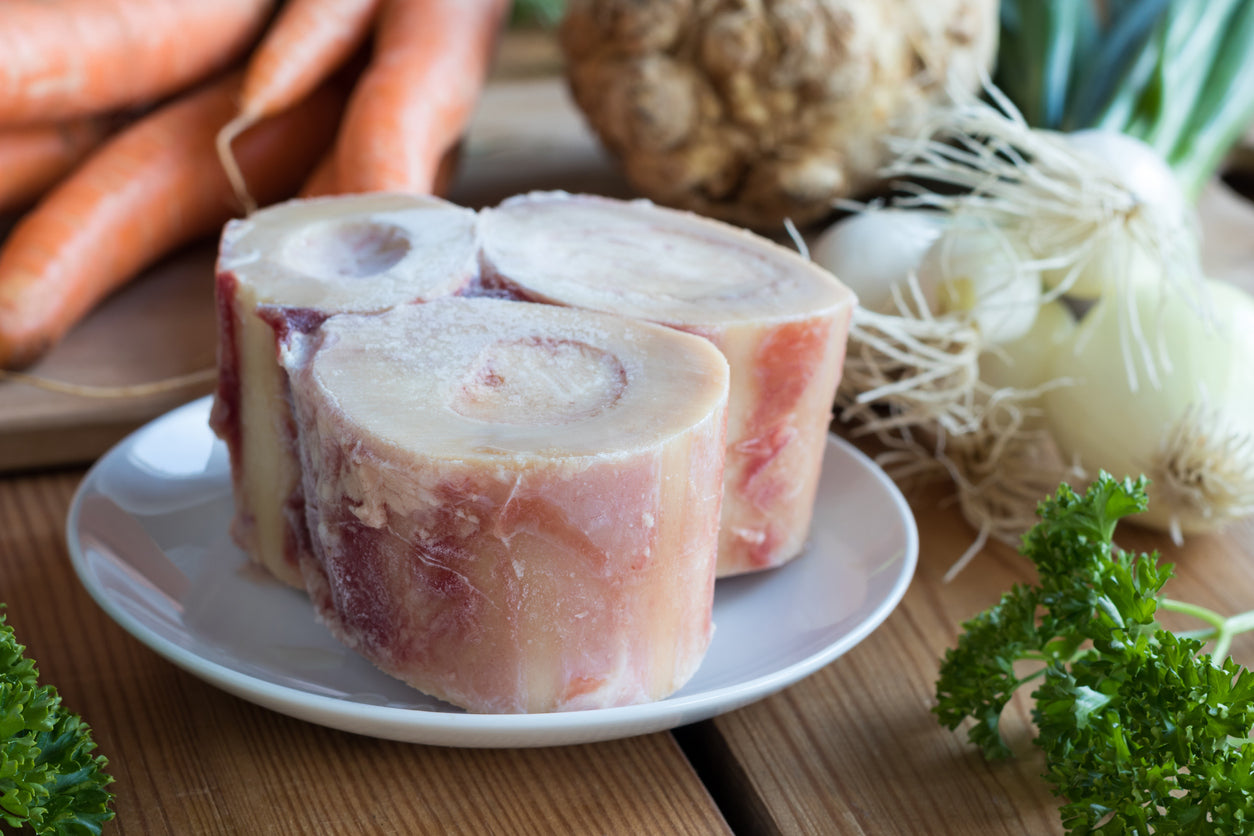
Getting your daily dose of vitamin D: It’s more important now than ever!
Imagine you’re watching TV, and you see an advertisement for a miracle drug that can help you sleep better, keep your bones healthy, and help protect you from cancer, depression, diabetes, and multiple sclerosis.
And that’s not all; it can even reduce your risk of catching COVID-19 or getting seriously ill if you do.
You’d jump at the chance to get a prescription, wouldn’t you? Well, guess what: You don’t need to! That’s because this “miracle drug” is vitamin D, and you can get it from sunlight, supplements, and the right foods. The key is to make sure you’re getting enough—and there’s a chance that right now, you aren’t.
What is vitamin D?—and why is vitamin D deficiency so common?
Vitamin D, nicknamed the “sunshine vitamin,” is a fat-soluble vitamin, which means that your body can store a little bit of it. It’s also a powerful hormone that affects the function of every system in your body, which is why it plays a role in everything from your mood to your bone health to your risk for cancer, diabetes, MS, or even COVID-19.
Your body creates vitamin D when you expose your skin to direct sunlight. That sounds pretty simple, but remarkably, in the United States, around 40% of people have a vitamin D deficiency—and even people who get out in the sun can have very low levels.
What factors influence your vitamin D level?
How much vitamin D do you need?
If you’re not able to get out in the sun every day, there’s a good chance you’re deficient right now. If that’s a possibility, I recommend taking about 5,000 IU of vitamin D each day in supplemental form to build up your levels, and adding vitamin D-rich foods to your diet.
What is the best way to boost vitamin D?
The best way to get that big daily dose of vitamin D is to go out in the sun without sunscreen for about 15 to 30 minutes each day. (Aim for the higher end of the range if you have dark skin, and the lower end if you have light skin.) As a bonus, that sunlight exposure will increase your production of nitric oxide, which is powerful medicine for your cardiovascular system.
Now, I know what you’re thinking: No sunscreen, Kellyann? What about wrinkles and skin cancer? Well, here’s the deal. Getting a big dose of sun is bad for your skin—but getting a little dose each day is totally harmless for it. So relax and enjoy the outdoors.
Vitamin D-rich foods to add to your diet
-
Fatty fish. Wild-caught salmon is one of the world’s best sources of Vitamin D, with one four-ounce serving giving you 124% of your daily value. And, hey—you know how I always talk about buying wild-caught fish whenever you can? Well, get this: Farm-raised salmon provides only 32% of the daily value in the same portion size. What a difference! If you’re looking for new ways to add salmon to your diet, two of my favorite salmon dishes are my Pecan Crusted Salmon Filet and my Mediterranean Salmon with Grilled Fennel and Olives.
Fresh Atlantic herring is a great option, too, providing nearly 30% of your daily value of vitamin D in a four-ounce serving—and you can also get canned, smoked, or pickled herring. In addition, tuna, mackerel, and sardines are good sources of vitamin D.
- Free-range eggs. The yolks of free-range eggs are a rich source of Vitamin D. Pasture-raised chickens, given room to roam in daylight, produce eggs that are three to four times higher in Vitamin D content than eggs from caged chickens. To work more eggs into your diet, try my Bone Broth Egg Drop Soup with Spinach and my Veggie Bowl and Poached Eggs.
- Portobello mushrooms. Portobello mushrooms are the only plant source that can provide the daily recommended value of Vitamin D in a small serving, with one cup of sliced mushrooms providing more than 600 IU. Check out my Stuffed Portobello Mushrooms here.

Final notes on vitamin D
I normally recommend that my patients get their vitamin D levels checked, so they know exactly where they stand. But I know things aren’t exactly normal right now, and going to your doctor’s office might not be in the cards. So for now, get a little sunshine, take a supplement, and eat vitamin D-rich foods, so you can be confident that you’re getting a good dose of this miracle drug. You can test later… but start optimizing your vitamin D levels today!
Keep Positive and Stay Healthy!








